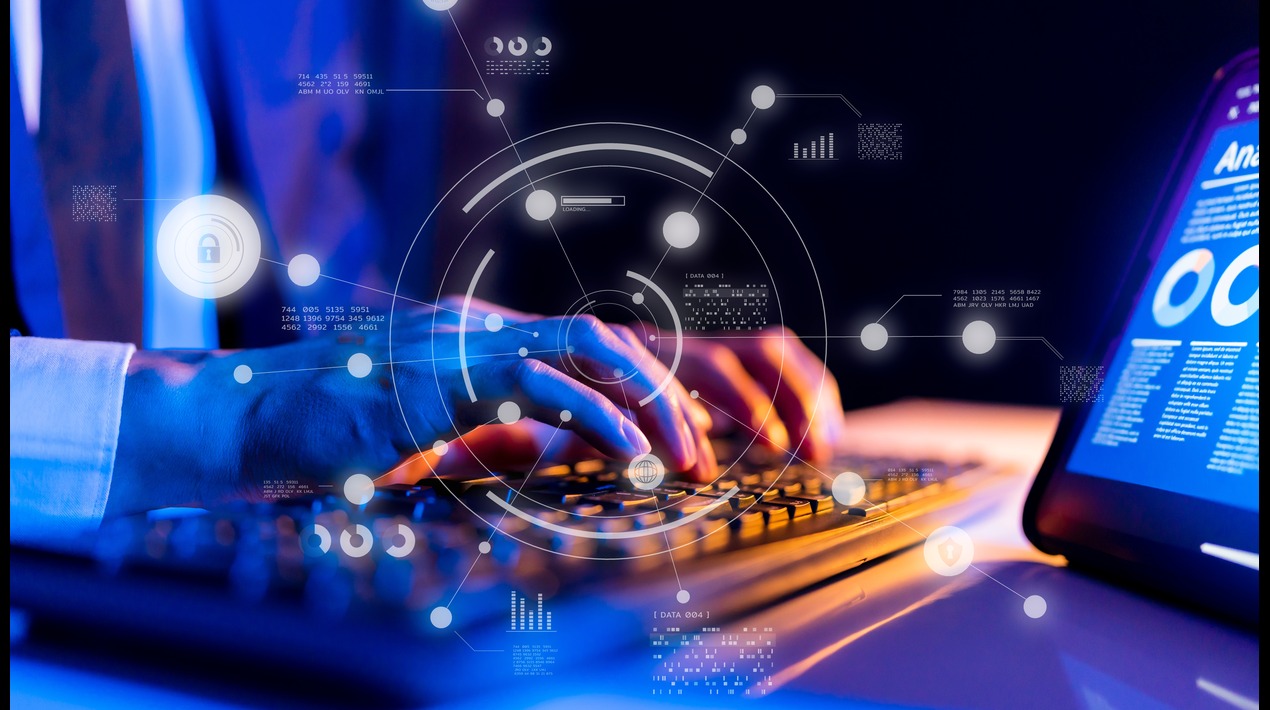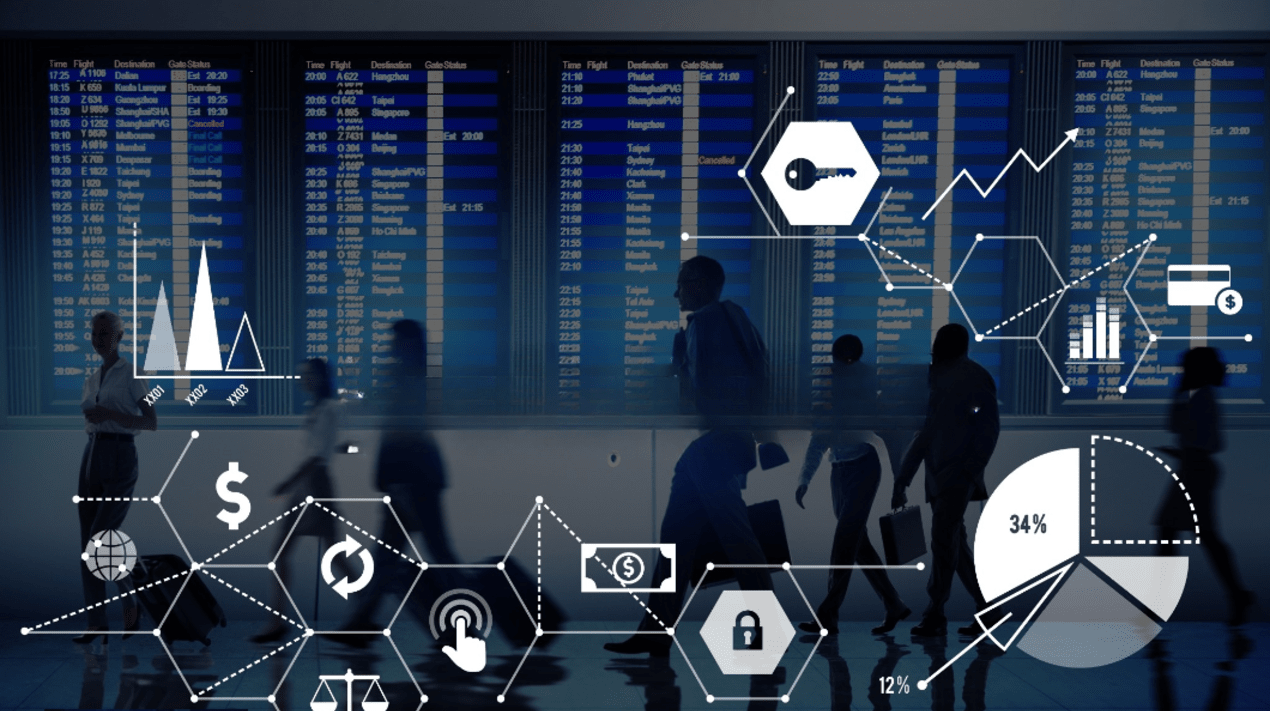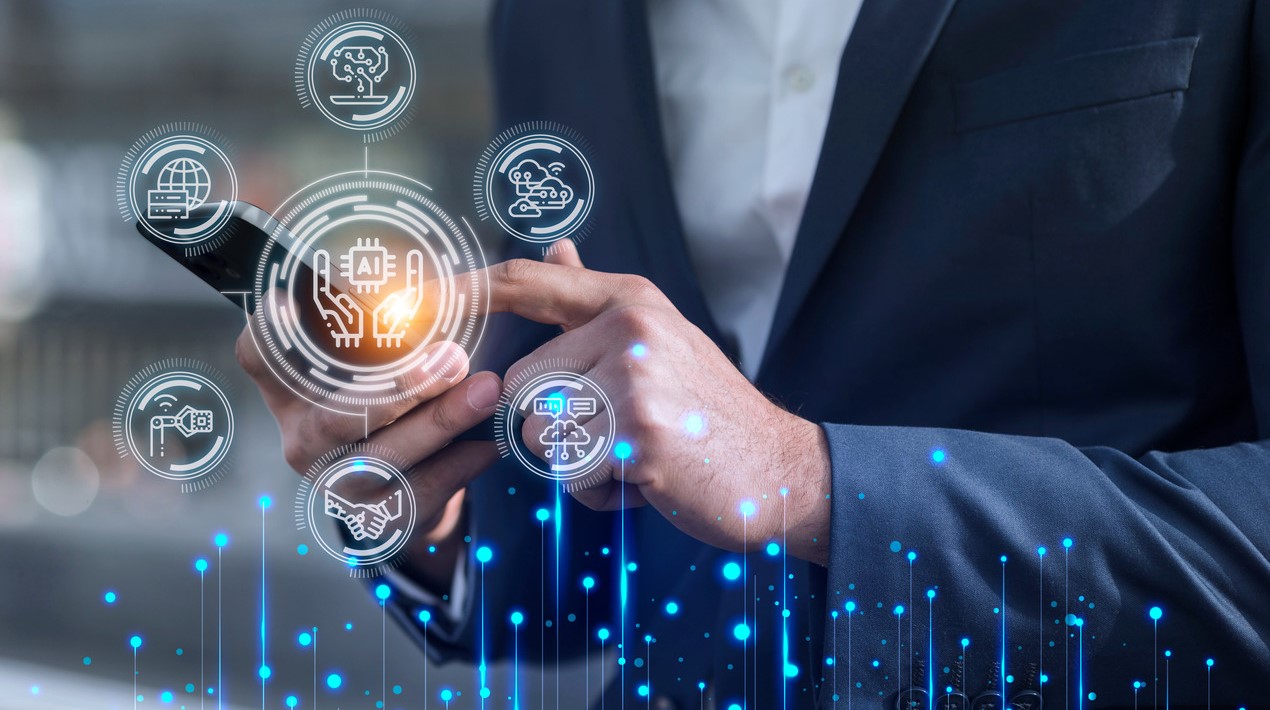
A major transformation is underway in the Australian healthcare system. The Australian government allocated AU$374.2 million in its 2017-18 Budget to be invested over two years, for the nationwide rollout of an opt-out model of My Health Record and to ensure every Australian is a part of it, unless they choose not to be.
In June, the Australian Digital Health Agency (The Agency) released a Request for Tender (RFT) to develop a Strategic Interoperability Framework for Australia, with the objective of contributing to the deployment of a seamless digital health eco-system.
The Agency is working with clinical information systems (CIS) vendors to develop nationally-scalable, secure electronic messaging between healthcare providers. The Agency has also initiated a pilot project for the use of My Health Record in hospital emergency departments, in partnership with the Australian Commission on Safety and Quality in Health Care (ACSQHC). The Pharmaceutical Society of Australia (PSA) and the Pharmacy Guild of Australia (the Guild) have signed important service agreements with the Agency to drive adoption and use of the My Health Record system. Large private sector medical service providers continue to join My Health Record. Then in August 2017, the Council of Australian Governments (COAG) Health Council approved Australia’s National Digital Health strategy (2018-2022).
OpenGov had the
opportunity to speak to Agency CEO, Mr. Tim Kelsey when he
was in Singapore for a conference, to learn more about the focus areas,
the exciting plans, and the challenges. Mr Kelsey emphasised the need to work
with the clinical community to meet its needs and to demonstrate the very real
benefits of digital technology for patient outcomes.
What are the next steps for My Health Record?
My Health Record, as you know, is a summary, a digital repository of a person’s key health information. Australia has been running this initiative for a number of years. To date, it has over 5.2 million registered users. The Australian Government confirmed, in May this year, its intent to bring forward the benefits of My Health Record by expanding it to an opt-out model by the end of 2018, which will mean that every Australian has a My Health Record, unless they choose not to.
That’s the big focus now. It involves preparing the engagement materials that will help inform citizens of their rights to opt out of My Health Record if they choose to and also, to help educate and train clinicians to understand how best to get value from the system and to be able to support their patients to do the same. That process is underway. We are developing plans with all the governments in Australia to ensure that’s implemented successfully.
Beyond that, My Health Record is principally about driving improvements in clinical safety and efficiency. For example, clinicians will have access to a patient’s medication history, thus greatly-reducing the risk of any medication errors. Unnecessary duplication of blood tests and X-rays will also be minimised. These are very important clinical imperatives, which are strongly supported by the clinical leadership in Australia.
Can you tell us about working with the many different stakeholders and connecting them to My Health Record? What are the challenges in the process?
We have had good success over the past 12 months in terms of connecting all the various data sources. The degree of engagement from the private hospital sector has been very strong. We have also reached out to the pathology and radiology industries in regards to collaborating on My Health Record. Both those offers have been well-received.
We are also working with the majority of companies in community pharmacy, to enable them to connect to My Health Record. Pharmacists in Australia will be able to upload dispensed information to My Health Record, undertake medicines reconciliations and in due course to upload other health information into My Health Record.
One challenge is being able to demonstrate to the clinical community that this really does drive benefits for them. The leadership in general practice has been very clear about what it needs from My Health Record and we have been heavily involved with the Royal Australian College of General Practitioners (RACGP) to design the service so that it does deliver what is necessary.
There are parts of the clinical workforce, which perhaps haven’t yet quite engaged with the opportunities of things like My Health Record, and perhaps the broader digital opportunity. Those parts will include the specialist community (that is, allied health), with whom we are working closely now.
We have made good progress but there is much more work to be done.
There’s also been a challenge around the design of the service so that it’s really useful to clinicians and consumers. Again, there has been significant improvement but more work needs to be done there. And there are a variety of other improvements that the government has indicated should ideally be delivered before we move to the opt-out phase. They are all in the budget measure. We are working hard to improve the service and, at the moment, the stars are aligned.
The National Digital Health Strategy was approved recently. What are the priorities in this and how are you working with the states and territories for the implementation?
Australia’s National Digital Health Strategy was approved by the Council of Australian Governments, COAG) in August this year. It is a great step for Australian healthcare and, for the first time in decades, it provides clarity around what the key priorities for digital health should be in Australia. Those priorities have been designed in conference with all the states and territories, as well as with the Australian Government and other partners including clinical leaders, community leaders and the industry itself, all of whom will be key delivery partners.
My Health Record is a standout priority for all of us. It offers such clear, clinical benefits. There is widespread consensus to develop a digital health service, which allows data to flow circularly and seamlessly across borders. Not just political borders, but also the institutional borders of healthcare in a way that doesn’t currently happen.
However, My Health Record is not an EMR[1](Electronic Medical Record). It is not intended to become a comprehensive resource. Alongside, we also need to develop standards for interoperability, so that all health services can speak with common meaning in their correspondence.
That’s another very big callout in the strategy, to develop an interoperability framework, which we will be doing over the course of the next 12 months.
In other ways too, the states, territories and the Commonwealth, along with our partners have called for much more developmental work on areas of clinical practice where there is good evidence that digital technology can enable vastly-improved outcomes for patients, but where they haven’t moved to scale. So, we have launched a series of test-beds, looking at, for example, newborn children’s health and how that can be better supported using digital tools. Looking at end-of-life care, helping people express a preference as to whether they would prefer to die at home or in a hospital, at that point in their lives. Looking at supporting the management of more coordinated care through platform-based planning tools.
These kinds of test-beds are programmed to discover just how we can scale innovations that we know work. That’s another key part of the strategy.
We read about a trial for secure messaging between different healthcare providers. Could you tell us about it?
Another feature of the strategy is to prioritise giving every registered clinician the capability to communicate securely by email with their colleagues. At the moment, a number of companies have developed services in this field and we are working with them, as well as clinical colleagues and state and territory colleagues to investigate how we can create an easy national infrastructure, building on the work that industry has already delivered. For example, a clinician would no longer need to resort to the fax
machine to communicate with a colleague outside of their practice.
You could think of this as developing a standardised way the email address for a clinician could be found that is secure for purposes of clinical correspondence.
Many other countries have developed such an approach. The clinical community in Australia is very, very clear that it wants that to happen quickly.
Is it usually through industry-set standards or government?
It varies. In England it was done by the government. So, what is called Spine in the NHS is run by the government and that provides the authentication exchange for the digital correspondence. In Australia, some states have built their own address book but industry has led the way in other parts of Australia. We need to work together to develop a comprehensive service all clinicians can use and are currently trialling a federated system that makes use of existing address books.
What’s being done in terms of driving adoption in the clinical community and developing a workforce with the right skills for the digital era?
In many ways, this is the biggest challenge. And it’s not a challenge that is unique to Australia. My view has always been that the clinical community is an expert community, a highly educated community. Yet, health has been slow to take advantage of the opportunities that digital services provide, when compared with other professional parts of the global community. I think one of the reasons for this is that in some instances, the case has not been well made to clinical colleagues, that digital can make their practice better.
In some cases, there has been unsuccessful implementation of digital services, particularly in hospitals that has increased the administrative burden on clinicians. As a result, there are clinicians around the world who actively canvass against some digital services.
We need to mindful of that, and very respectful of those opinions. I think building an evidence base is one of the key priorities, to reassure clinicians and demonstrate to them how basic digital information sharing services can really transform healthcare in a positive way.
This is a conversation that has started in Australia. It is vital that we continue to work in conjunction with the clinical community and I think the answer lies in the fact that clinicians want better outcomes for their patients. I firmly believe that digital technology can help achieve these outcomes, we just need to support clinical colleagues in taking the best advantage they can of those emerging technologies.
What is the Australian Digital Health Agency’s approach to data security and privacy?
The Agency recently made a submission to a Senate Standing Committee on Finance and Public Administration Inquiry into the Circumstances in which Australians’ Medicare Information has been made available on the ‘Dark Web’. That describes our whole approach to security and privacy[2].
From a privacy standpoint, if a person chooses to have a My Health Record there are a series of controls they have over who can see their records.
This is quite honestly unique among similar systems that I have encountered elsewhere in the world. I think Australia is leading the world when it comes to recognising the importance of personal privacy, in relation to health data. The Australian Parliament has legislated to ensure a person has control over access to their My Health Record in a way that, to the best of my knowledge, no other government has done.
[1]When asked to clarify, Mr. Kelsey said that My Health Record takes copies of records from other systems, EMR systems included, from hospitals, from GP software systems, from pathology and radiology systems. It takes those copies (not original documents) and makes them easily visible to clinicians, keeping in account reports such as pathology and digital imaging display only the report itself, not the visual image.
[2]The Agency has a comprehensive set of processes and technology controls in place to protect health and personal information in place. The system has strong security, which ensures information is only stored and accessed by trusted connected health systems and users such as healthcare providers and consumer. ADHA’s Cyber Security Centre continually monitors the system for evidence of unauthorised access, utilising specialist security real-time monitoring tools that are configured and tuned to automatically detect events of interest or notable events. The document also lists ensuring healthcare providers only access the information they should access and the controls available to individuals.
















